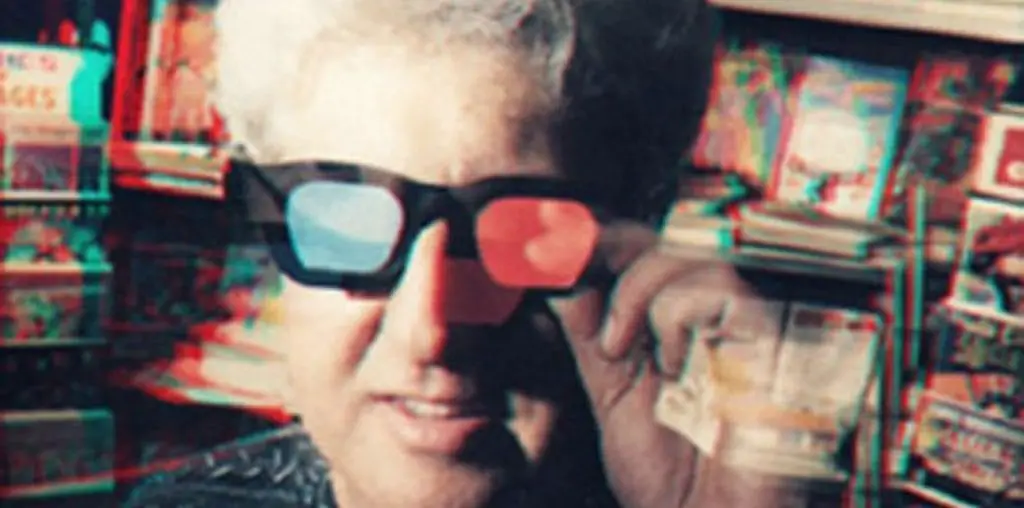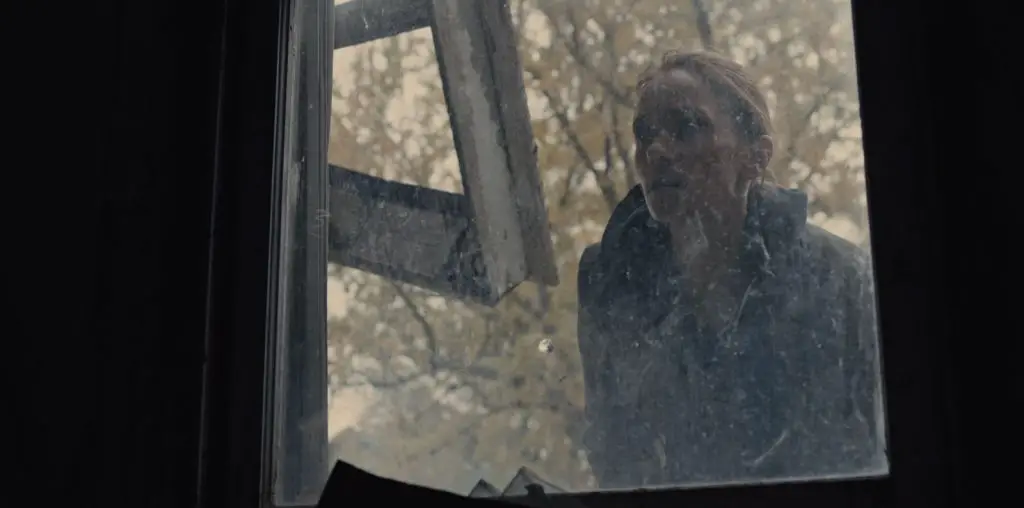
Much of the imagery in this fascinating film by Thorsten Fleisch is of flames, but the actual celluloid of the filmstrip itself has also been partially burned, causing a bubbly distortion in the plastic. Thus, one is looking at flames, but the medium of the image itself has also been affected by fire. Conceptually, it might seem a little bit simplistic to make a film based on the idea that the physical medium of the message itself is affected by the content of the message, but actually watching it in this film is something else altogether. For one thing, actually feeling the quality of “fireness” both within the filmstrip and also in the images captured by the camera is a heady, disorienting, and ontologically fascinating viewing experience. Plus, Fleisch doesn’t take a flat-footed conceptual approach, and the film is rhythmically varied and beautifully made. Much of the footage doesn’t contain decipherable images of flames at all, but consists of close-ups on various parts of the destroyed filmstrip that are particularly beautiful to look at. Since film is plastic, when you burn it, it has a very liquidy look to it. These images are mostly shown in a flickering, flame-like white light. Less obviously, the overall editing rhythm of the film, which has fits of stopping and starting, has a flame-like rhythm to it as well. (The title, with its military reference, doesn’t seem to have much to do with the film.)

